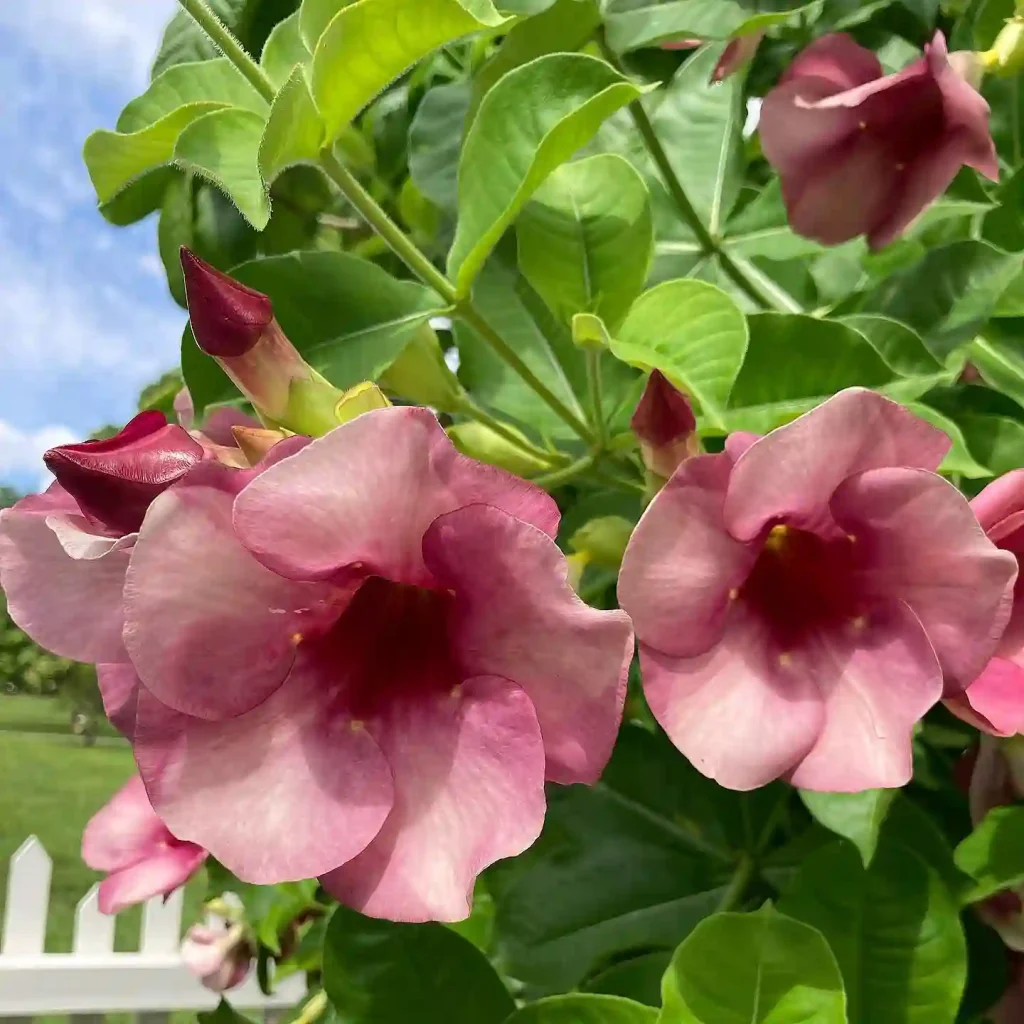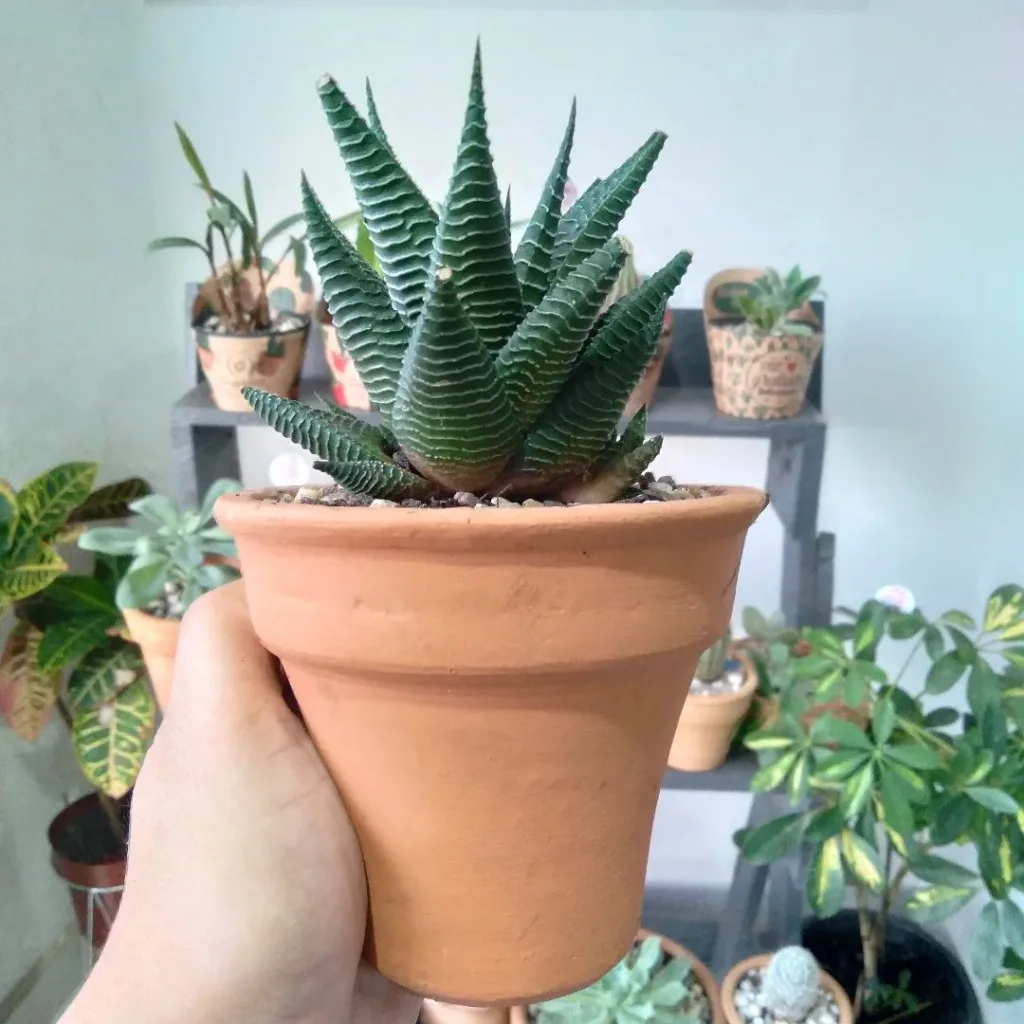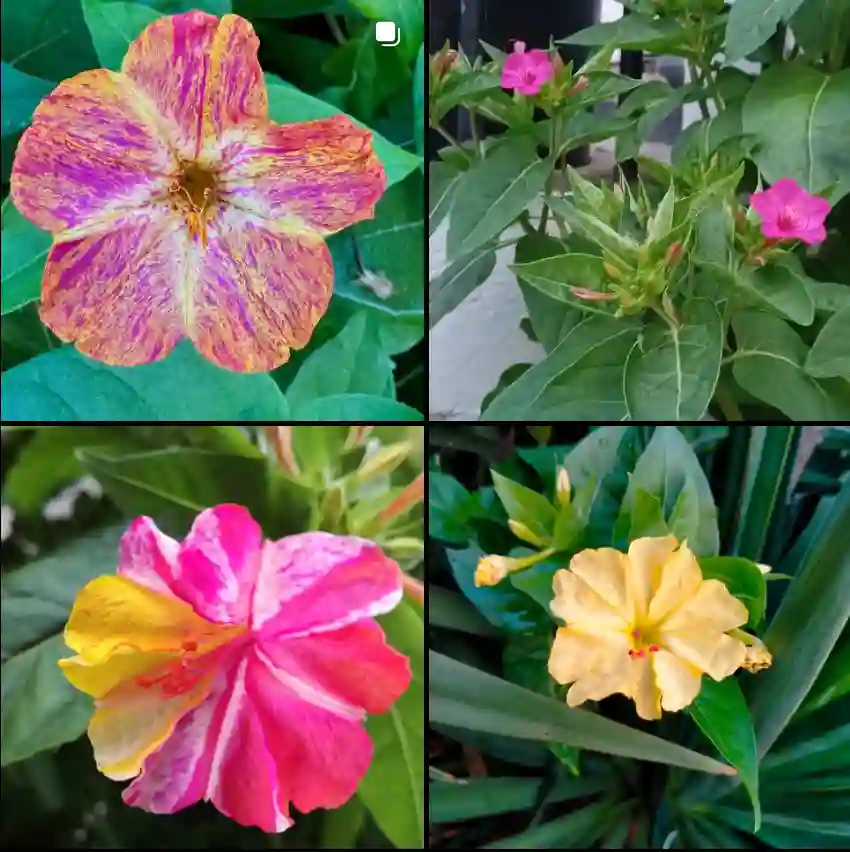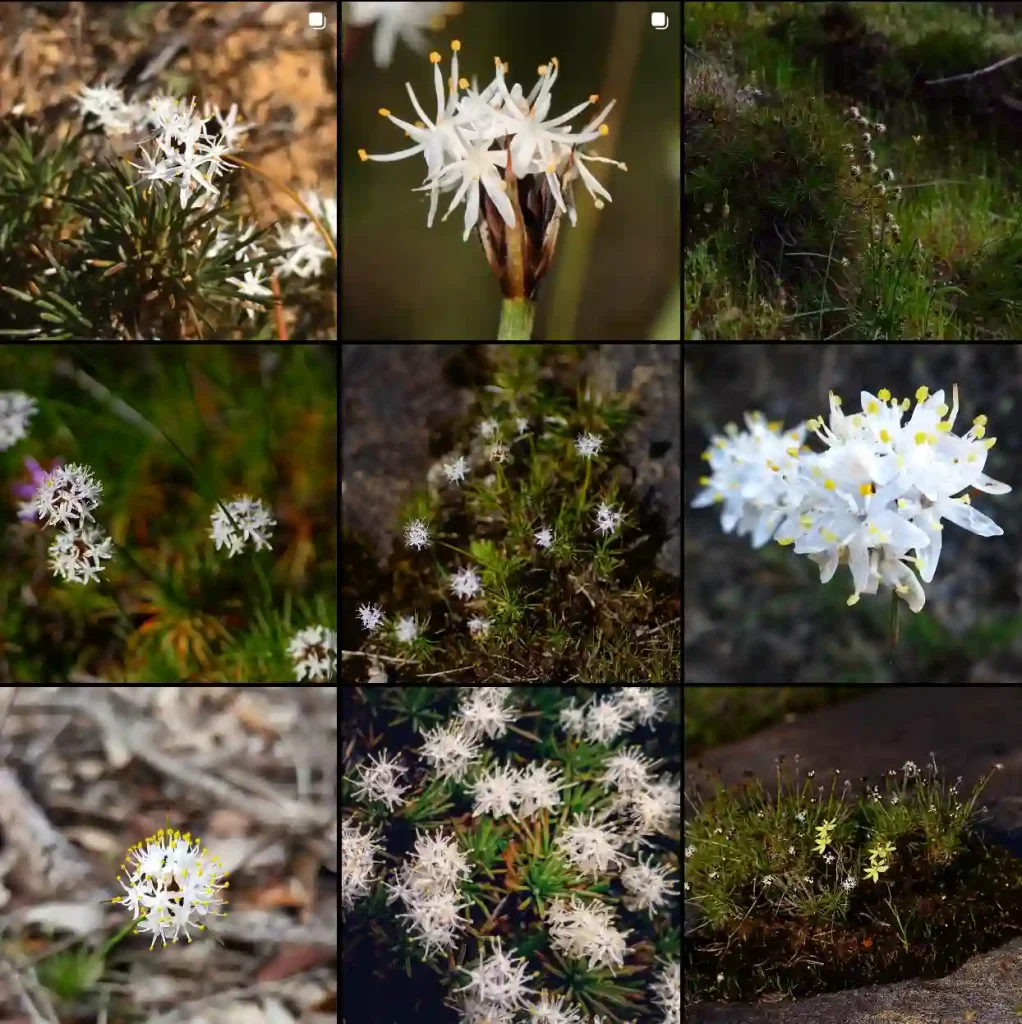The Allure of the Albuca concordiana: A Quirky Succulent Worth Knowing
As a succulent enthusiast, I’m always on the lookout for unique and captivating plants to add to my collection. That’s how I stumbled upon the Albuca concordiana, a South African succulent that stole my heart with its unusual appearance and quirky charm.
This little bulb boasts a mesmerizing look. Unlike the plump, fleshy leaves of many succulents, the Albuca concordiana sports thin, curly tendrils that unfurl in a mesmerizing spiral pattern. Imagine a miniature green whirlwind – that’s the Albuca concordiana in all its glory. The foliage takes on a stunning blue-gray hue, adding an otherworldly touch to any succulent arrangement.
166 Species in Genus Albuca
What is Albuca concordiana?
The Albuca concordiana belongs to the Asparagaceae family, closely related to our familiar asparagus spears. This succulent gem originates from the winter rainfall regions of southwestern Africa, where it thrives in hot, dry conditions. Interestingly, the Albuca concordiana exhibits a winter-growing, summer-dormant cycle, a characteristic that sets it apart from many other succulents.
How to Care for Albuca concordiana?
While the Albuca concordiana’s appearance might seem delicate, it’s a surprisingly easy-to-care-for succulent. Here are some key things to keep in mind:
- Light: Mimic its natural habitat by providing ample bright, indirect light. South-facing windows are ideal, but ensure the plant doesn’t get scorched by harsh afternoon sun.
- Watering: Remember, this succulent thrives in dry conditions. Water deeply during its active winter growth period, allowing the soil to dry completely between waterings. During the summer dormancy, withhold water almost entirely. Overwatering is the enemy of the Albuca concordiana, so err on the side of underwatering.
- Soil: Use a well-draining succulent or cactus mix. Ensure the pot has drainage holes to prevent waterlogging.
- Temperature: The Albuca concordiana prefers warm to hot temperatures, ideally between 65°F and 85°F (18°C and 29°C). Protect it from frost and freezing temperatures.
How to Propagate Albuca concordiana?
The good news is that the Albuca concordiana readily multiplies through its bulblets. These small, offset bulbs form at the base of the mother plant. Here’s how to propagate your Albuca concordiana:
- Wait for the dormancy period: Propagation is best done during the summer dormancy when the mother plant is inactive.
- Carefully remove the bulblets: Using clean tools, gently separate the bulblets from the mother plant.
- Pot the bulblets: Plant each bulblet in a pot filled with well-draining succulent mix. Water sparingly and provide bright, indirect light.
- Be patient: Don’t expect instant gratification. It might take a while for the bulblets to establish themselves and start growing.
Where can I buy Albuca concordiana?
The Albuca concordiana isn’t the most common succulent, but with some searching, you can find it online from specialist succulent nurseries or rare plant sellers. Be prepared for a slightly higher price tag compared to more readily available succulents.
What to Plant with Albuca concordiana?
Due to its unique winter growth cycle, finding the perfect companions for your Albuca concordiana can be a bit tricky. Here are some options to consider:
- Winter-growing succulents: Look for succulents that share the Albuca concordiana’s growth pattern, such as some Haworthia or Gasteria species.
- Drought-tolerant plants: Since the Albuca concordiana thrives in dry conditions, other drought-tolerant succulents like Echeveria or Aloe could be good choices.
- Container gardening: Consider creating a container garden specifically for winter-growing succulents where your Albuca concordiana can take center stage.
The Albuca concordiana may not be your typical succulent, but its captivating looks and unique growth cycle make it a fascinating addition to any collection. With a little TLC and the right companions, this quirky succulent will surely thrive and add a touch of the extraordinary to your plant haven.
If i die, water my plants!



